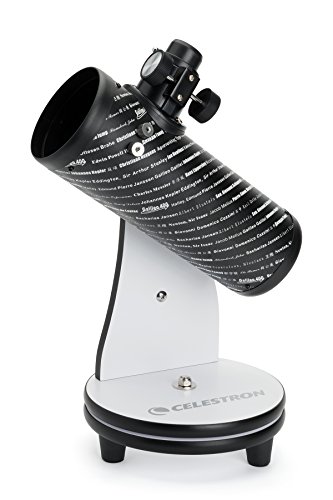Asteroid danger! NASA reveals speed, distance of 67-foot space rock zooming towards Earth
A 67 feet wide asteroid could make its journey towards Earth very soon! NASA’s Planetary Defense Coordination Office (PDCO) has issued a warning.
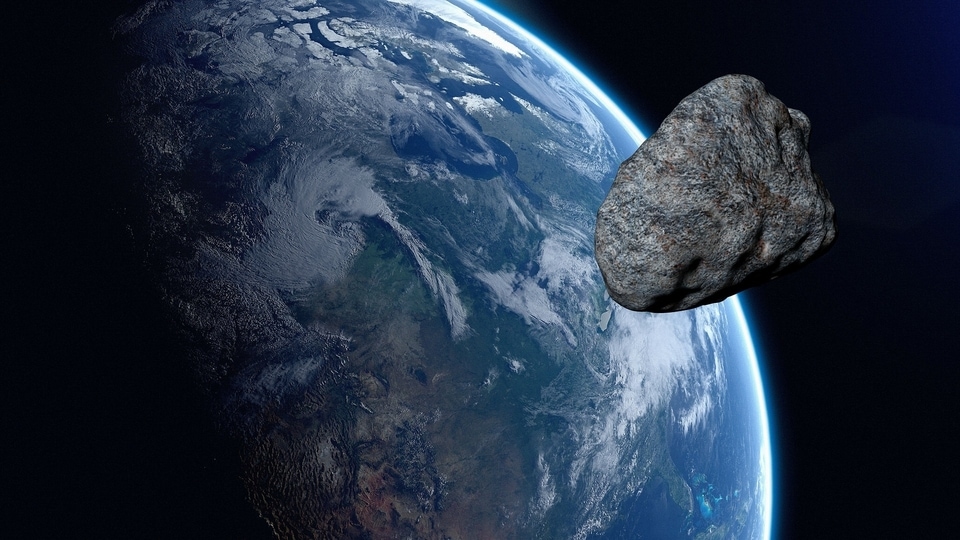
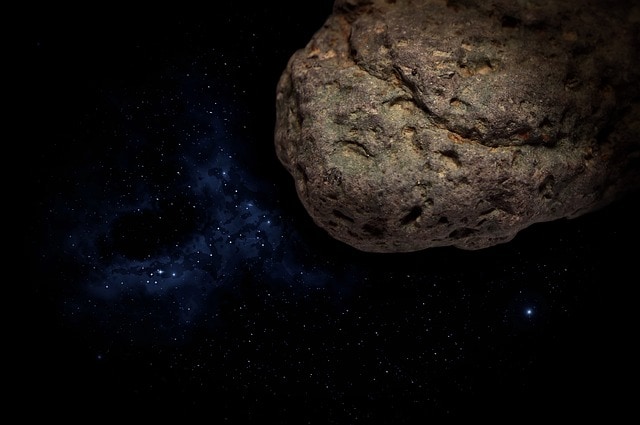
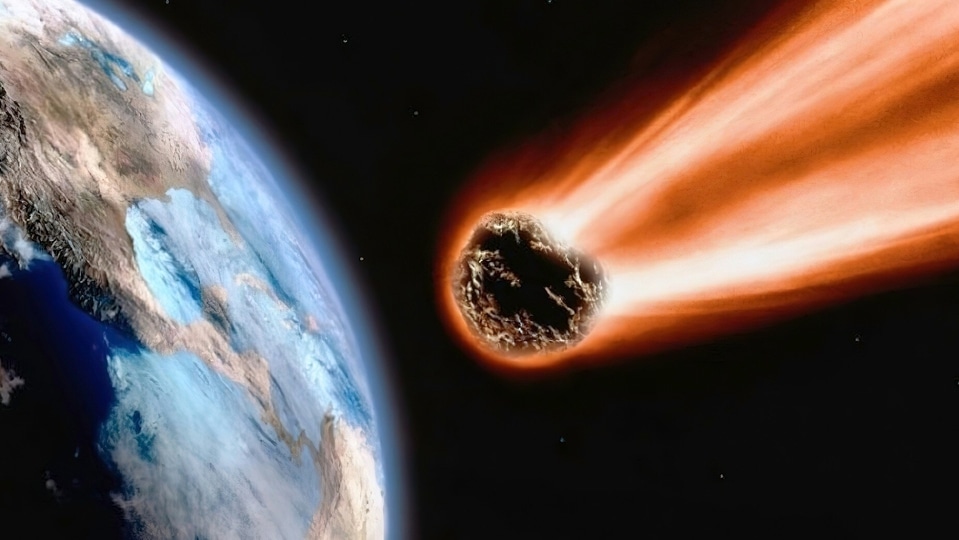
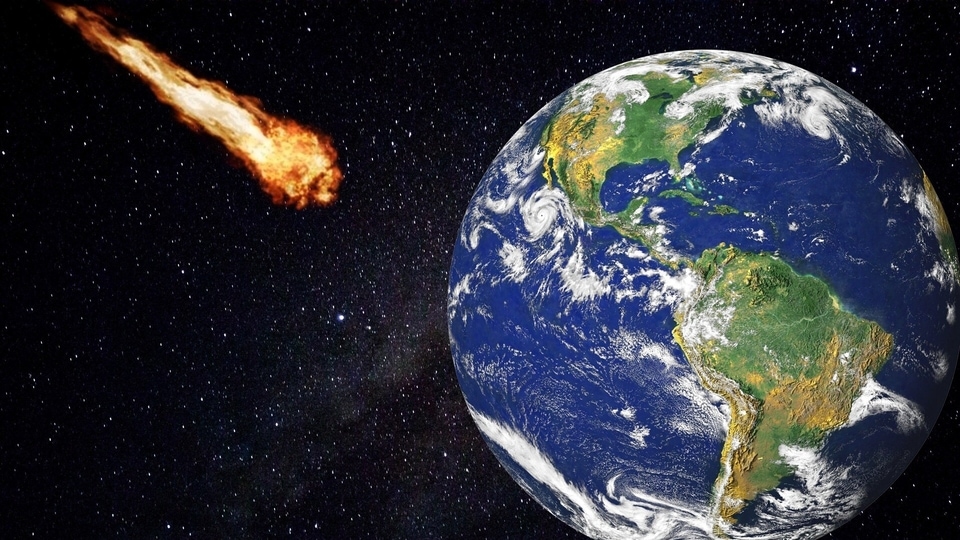
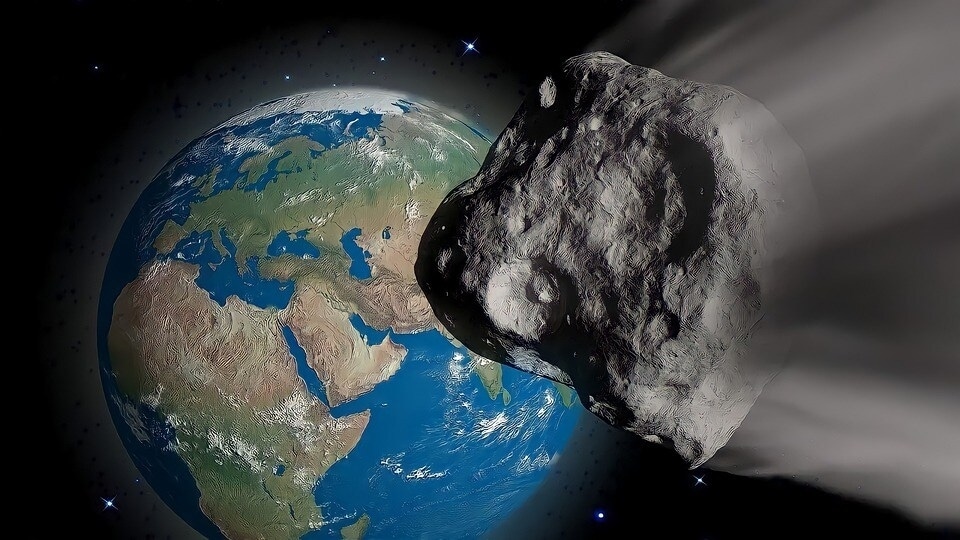
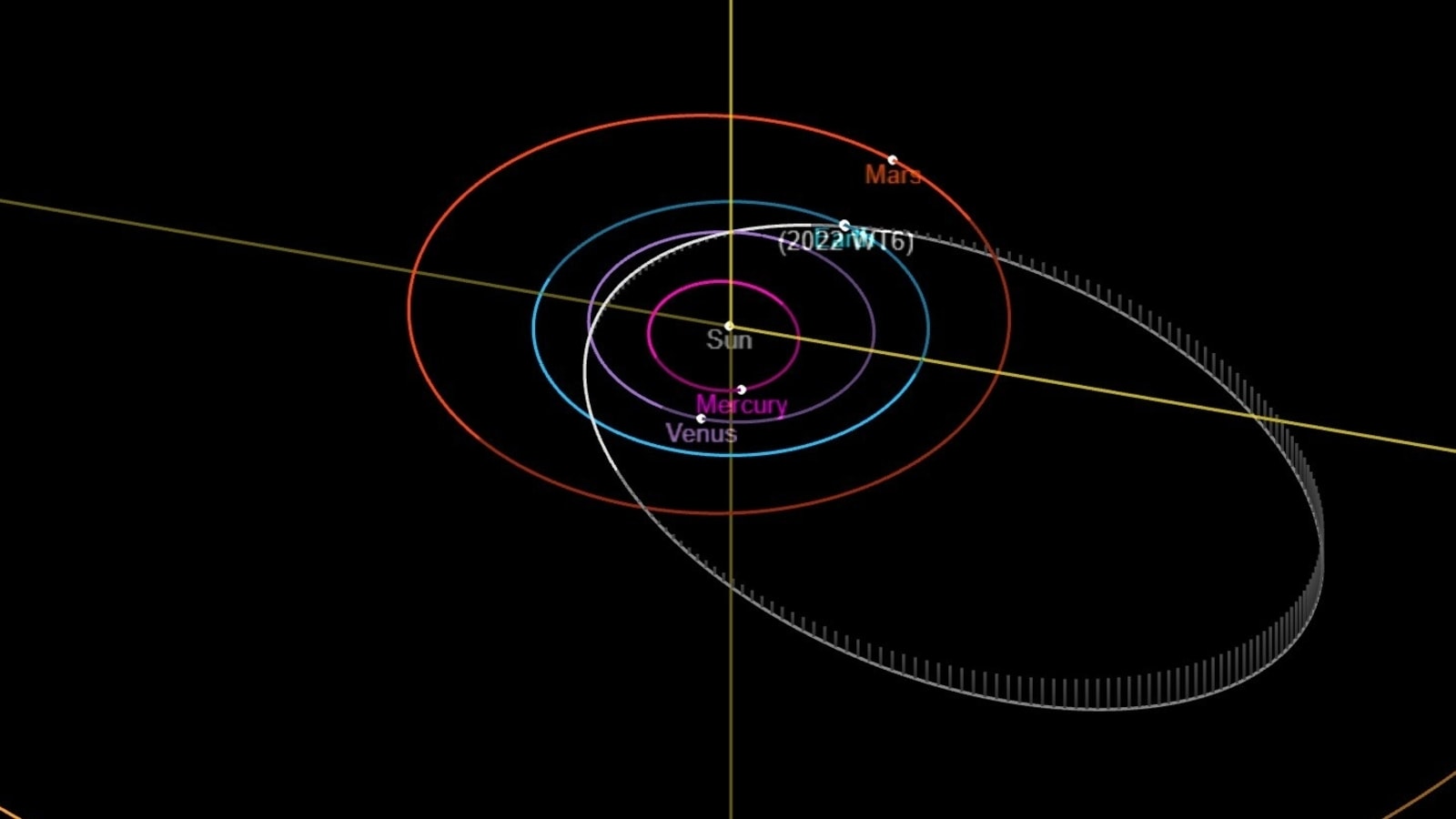
 View all Images
View all ImagesNumerous asteroids keep zooming past the Earth at blistering speeds and close distances, posing a potential risk to the planet. Nearly 10 asteroids have made close approaches to the planet in the past 2 days. Though none of these asteroids actually hit Earth, they are still classified as Potentially Hazardous Objects due to the close proximity by which they pass the planet. Now, NASA has warned that another asteroid is approaching the Earth today, December 2. It is heading for Earth at break-neck speed!
Although at the moment scientists believe that the asteroid will make a safe passage across our planet, things can change due to a slight deflection in the asteroid's trajectory as a result of interaction with Earth's gravitational field.
Asteroid 2022 WT6 key details
NASA's Planetary Defense Coordination Office has warned that the asteroid, named Asteroid 2022 WT6, will make its closest approach to Earth today, December 2, at a distance of 1.8 million kilometers. Now, although the distance might seem a lot, it is relatively a small number in astronomical distances. In fact, the asteroid is already travelling towards Earth, at a blistering speed of 72602 kilometers per hour!
According to the-sky.org, the Asteroid 2022 WT6 was discovered recently on November 25. It belongs to the main Apollo group of asteroids. The Asteroid 2022 WT6 takes just 1126 days to orbit the Sun during which its maximum distance from the Sun is 542 million kilometers and minimum distance is 92 million kilometers.
NASA mission to study trojan asteroids
To study asteroids that are not in the asteroid belt, NASA has the Lucy Space Mission. NASA launched its Lucy spacecraft on Oct. 16, 2021 from the Kennedy Space Center in Cape Canaveral, Florida. This is NASA's first space mission to study the Trojans, a group of asteroids which orbit the Sun in two groups, according to NASA. It is built to seek out trojan asteroids millions of miles from Earth.
Catch all the Latest Tech News, Mobile News, Laptop News, Gaming news, Wearables News , How To News, also keep up with us on Whatsapp channel,Twitter, Facebook, Google News, and Instagram. For our latest videos, subscribe to our YouTube channel.

